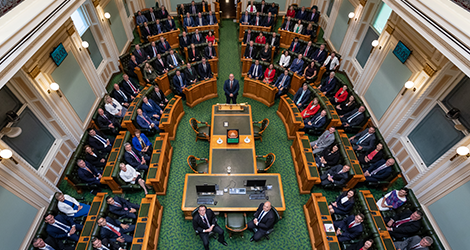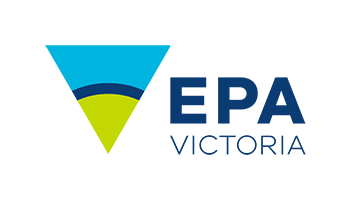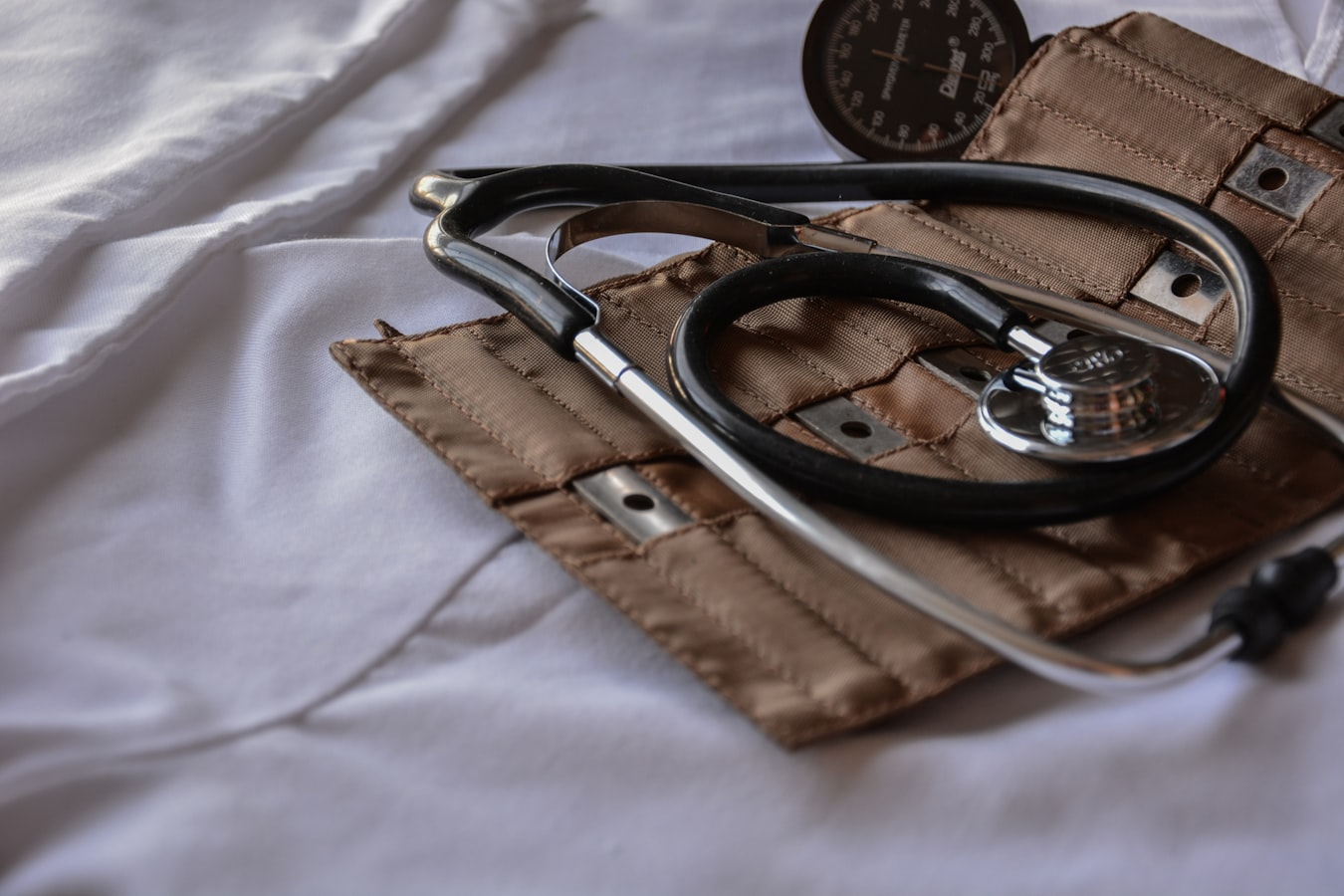South Australia has the second highest proportion of early childhood education and care services exceeding the ³Ô¹ÏÍøÕ¾ Quality Standard (NQS) in the country – with 36 per cent of SA services receiving a rating of exceeding – above the Australian average of 22 per cent.
This indicates the high quality of early childhood education and care services in the state.
An additional $7m has been invested into the Education Standards Board to increase and improve regulatory services which has seen a 63 per cent increase on the previous year in the number of service visits.
It’s also seen the number of services rated as ‘Working Towards’ during the past year significantly decreased from 56 per cent to 20 per cent.
The extra investment has seen the ESB conduct more workshops to support services to achieve excellent quality ratings, and when issues arise, to conduct audits and if necessary, enforce disciplinary action immediately.
South Australia is the only state or territory with an independent regulatory authority.
The State Government is also investing in the quality of long day care services in South Australia through our $1.9bn investment in three-year-old preschool reforms.
This includes funding for more highly qualified staff in long day care centres, professional development and resources as well as coaching for services rated as Working Towards the NQS.
The latest data, as part of the Productivity Commission’s annual Report on Government Services, also showed that South Australia has recorded the second highest attendance rate for full time secondary students in the nation.
In 2024 the attendance rate for students in Years 7-10 at Government schools was 84.3 per cent, just behind the ACT and above the national average of 83.4 per cent.
South Australian public schools have shown attendance improvement for the third year in a row, following the establishment of a specialist team to address the challenges of student absences.
The improvement from the disengagement caused by COVID-19 follows the establishment of the Education Department’s Attendance Directorate last year.
This team includes additional senior social workers to address complex cases of non-attendance, an attendance outreach team working across schools to track and follow-up students with absences, and a team working in 10 primary schools as part of a pilot to see the impact of having a staff member on site focused on attendance.
The investments in attendance re-engagement, along with actively pursuing prosecution options, is seeing more children back at school.
According to the RoGS School Education data 62.1 per cent of all South Australian students (FTE enrolments) were enrolled in SA government schools and 37.9 per cent enrolled in non-government schools.
The data shows that government schools have a higher proportion of students from selected special needs groups than non-government schools.
Recurrent funding to SA government schools from the Australian and State Government in real terms increased by $42 million to $3.94 billion in 2022-23.
This comes as the government signed a new Gonski heads of agreement with the Commonwealth which will see more than $1 billion in additional federal funding to public schools over the next decade.
The data also shows that SA also had the second highest apparent retention rate from year 10 to year 12 nationally for full time students, and for full time Aboriginal students. However, the government is concerned by the ongoing national decline in apparent retention rates, which is why giving students options to stay engaged in school and learning, such as five new Technical Colleges and almost $50m for students at risk of disengaging in school, is more important than ever.
The ROGS also confirmed an increase of government-funded VET students in South Australia with 72,100 recorded in 2023, an increase of 3,500 or 5 per cent compared to 2022 (68,600 students).
In addition, in 2023, 79 per cent of government-funded students that completed their VET qualification aged 20 to 64 years in South Australia improved their employment status after training, an increase compared to 2022 (76 per cent), and 6.5 percentage points above the national figure of 72 per cent.
91 per cent of students over 18, reported the training helped them to achieve their main reason for training (for example a higher paid job), which is an increase compared to 2022 and the third highest figure in the nation.
As put by Blair Boyer
We know the early years are incredibly important for children’s brain development and social and emotional intelligence, and to see our childcare services rated so highly, is a testament to the incredible focus our staff have on supporting our youngest South Australians.
We know that attending school every day helps students to stay on track and progress academically, take part in social activities, learn positive life skills and have access to support and services when needed. It is also associated with better health, wellbeing and safety outcomes for children and young people.
Data for our schools has been in line with rates for government schools nationally, including reduced attendance rates linked to COVID-19, but I am pleased to see that we’re starting to see improvements.
This latest education snapshot shows where we are seeing improvements, and importantly where we need to focus further attention and priority.
The Malinauskas Labor Government is making the necessary investments and reforms to give young people a better education. While improvements always take time to bear fruit, today’s data shows we are making important progress and are focused on the right areas.







